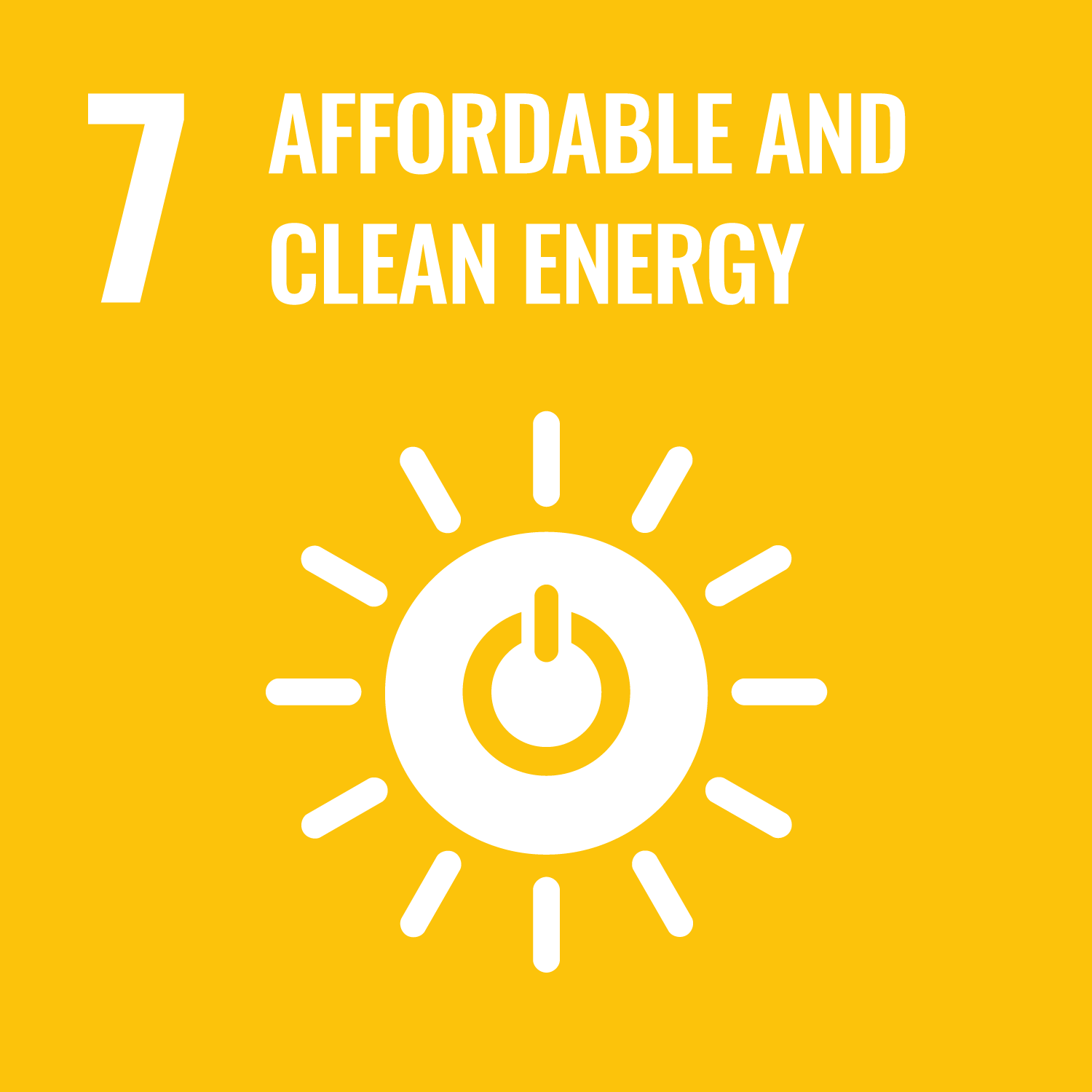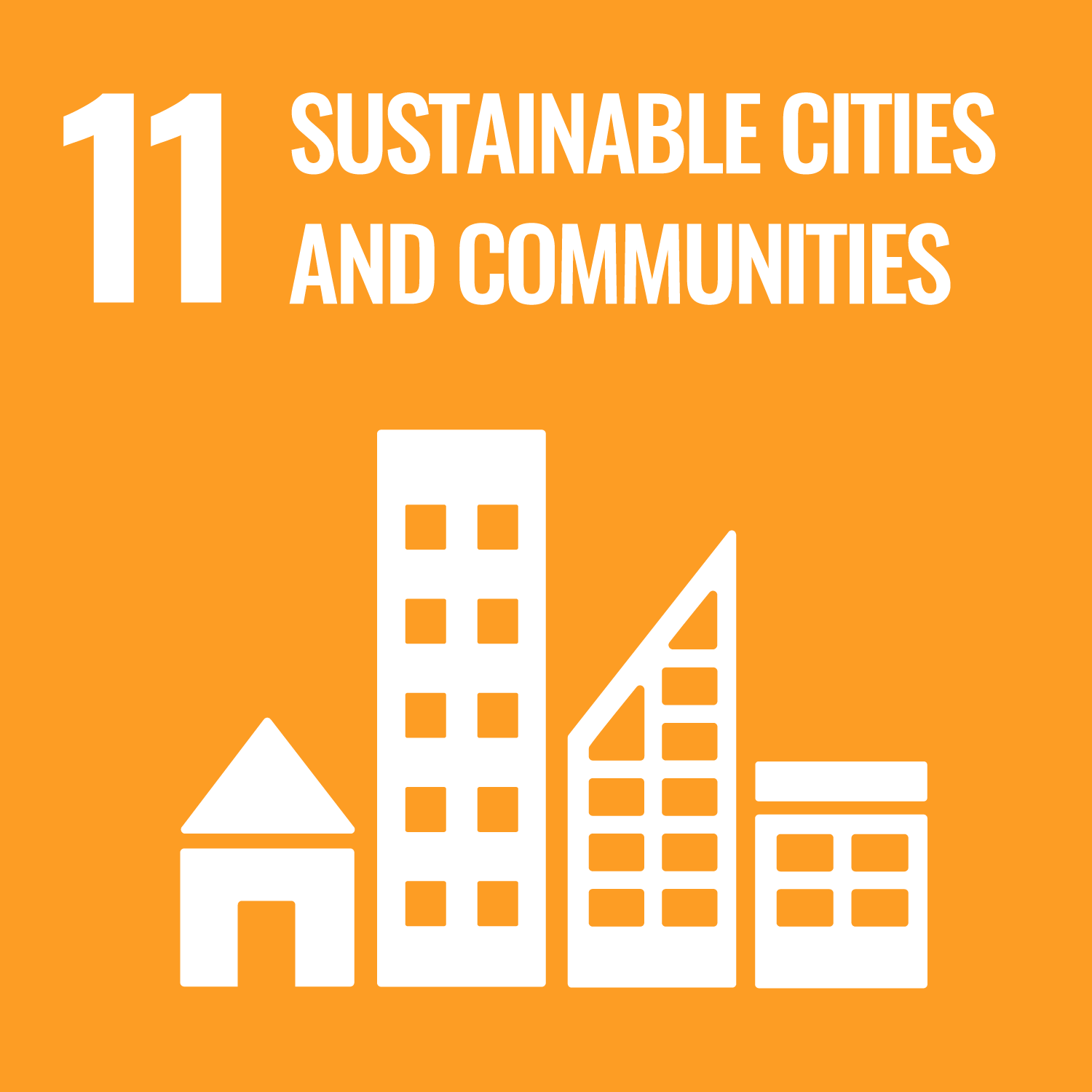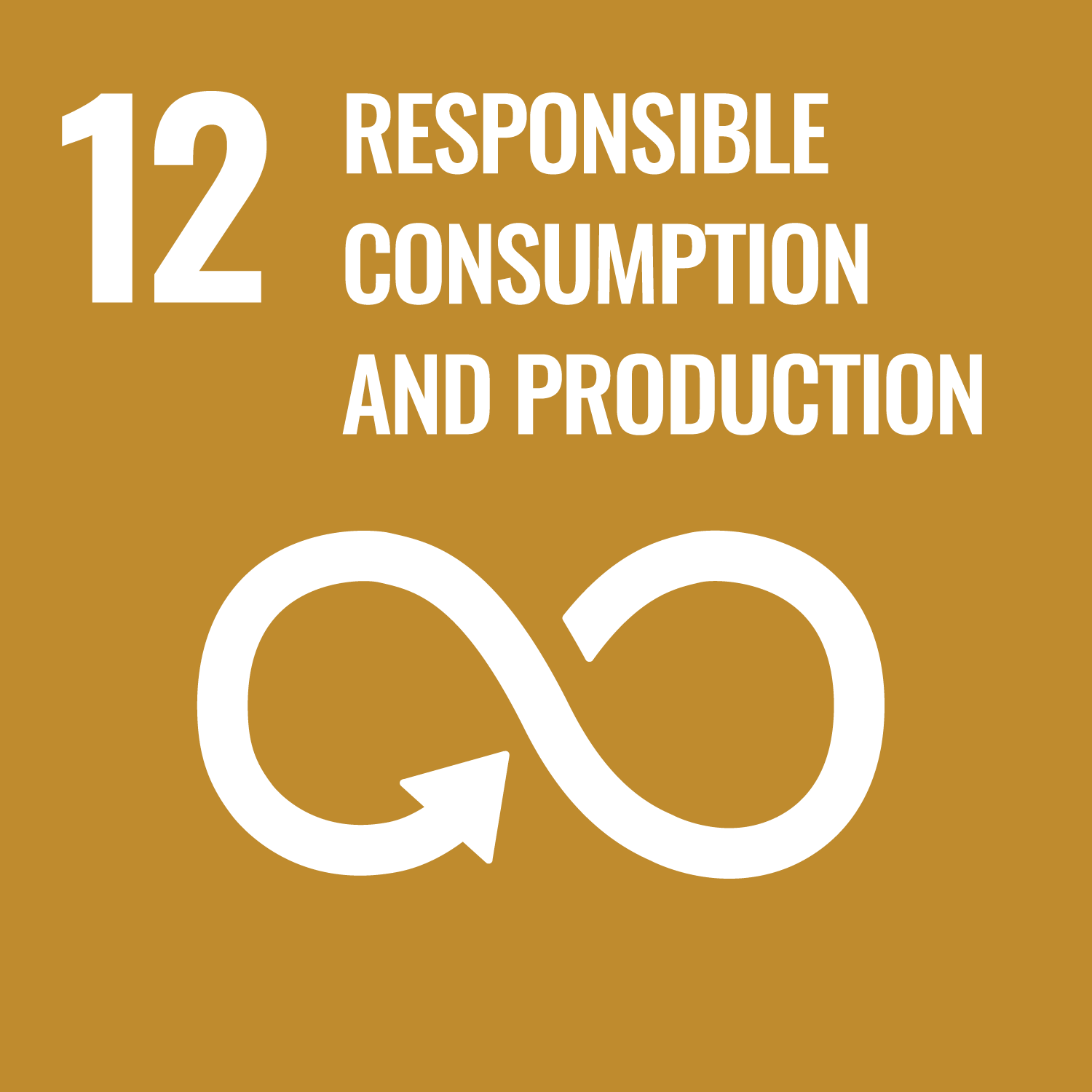LCS-FY2019-PP-02
Turbine System driven by Direct Combustion of Rich Ammonia (Vol. 2):
Summary
The conventional method for evaluating the power and thermal efficiency of a gas turbine system often assumes that the working fluid is air. This is due to the very low fuel to air ratio of hydrocarbon fuels. However, the fuel to air ratios of H2 and NH3 are larger than those of conventional hydrocarbon fuels.
Therefore, the applicability of the assumption of air as the working fluid for H2 or NH3 is questionable. We developed a new scheme based on the Gibbs free energy minimization for all the processes involved in the gas turbine system. The output power and thermal efficiency are evaluated based on the enthalpy changes of the multi-component working fluid using chemical reactions.
The new scheme was applied to validate the concept proposed in our previous LCS report (LCS-FY2018-PP-03) in which we proposed the concept of a fuel-rich NH3 combined cycle turbine system. In this study, it was confirmed that a very low NO emission and highly efficient gas turbine system could be developed by the fuel-rich combustion of NH3. Moreover, it was identified that exhaust gas recirculation (EGR) was essential to reduce the turbine inlet temperature below the heat-resistant temperature of the system. Furthermore, the output power of the system was largely underestimated by the conventional method used in our previous report. With a value of 2000 K for the heat-resistant temperature of the turbine and the upper limit of the pressure ratio 25 of the compressor and turbine, the thermal efficiency of the combined cycle was identified to be 0.6 with equivalence and EGR ratios of 1.1 and 0.6, respectively.
H2 combined cycle gas turbine processes that operated in fuel-rich conditions were also studied. The fuelrich H2 combustion resulted in very low NO emission. Very high EGR ratios for H2 combustion with high equivalence ratios were required to maintain the turbine inlet temperature below 2000 K. Because of these high EGR ratios and high equivalence ratios, the conclusion was reached that the thermal efficiency of the H2 combined cycle was lower than that of the NH3 fuel-rich combined cycle.





